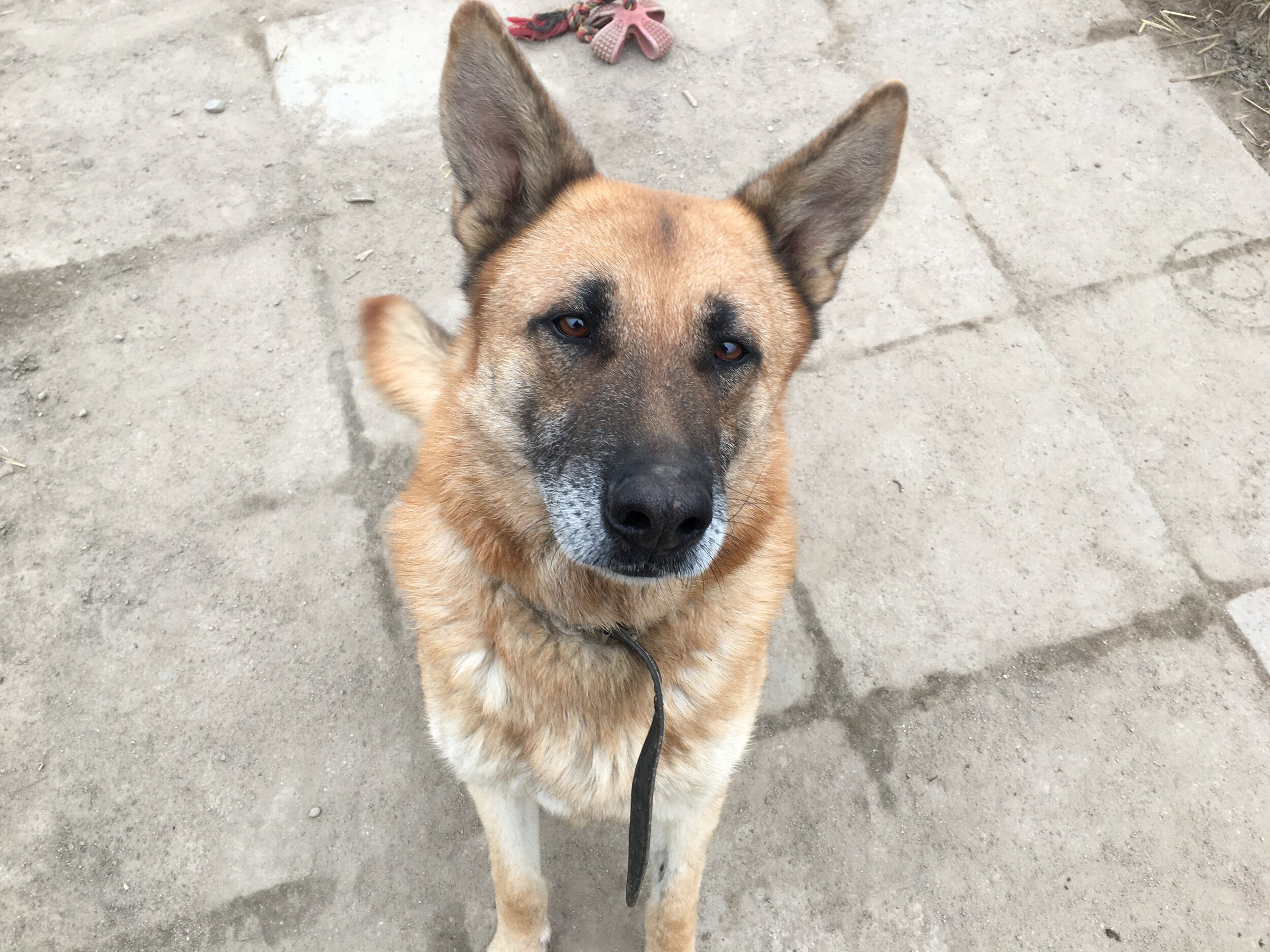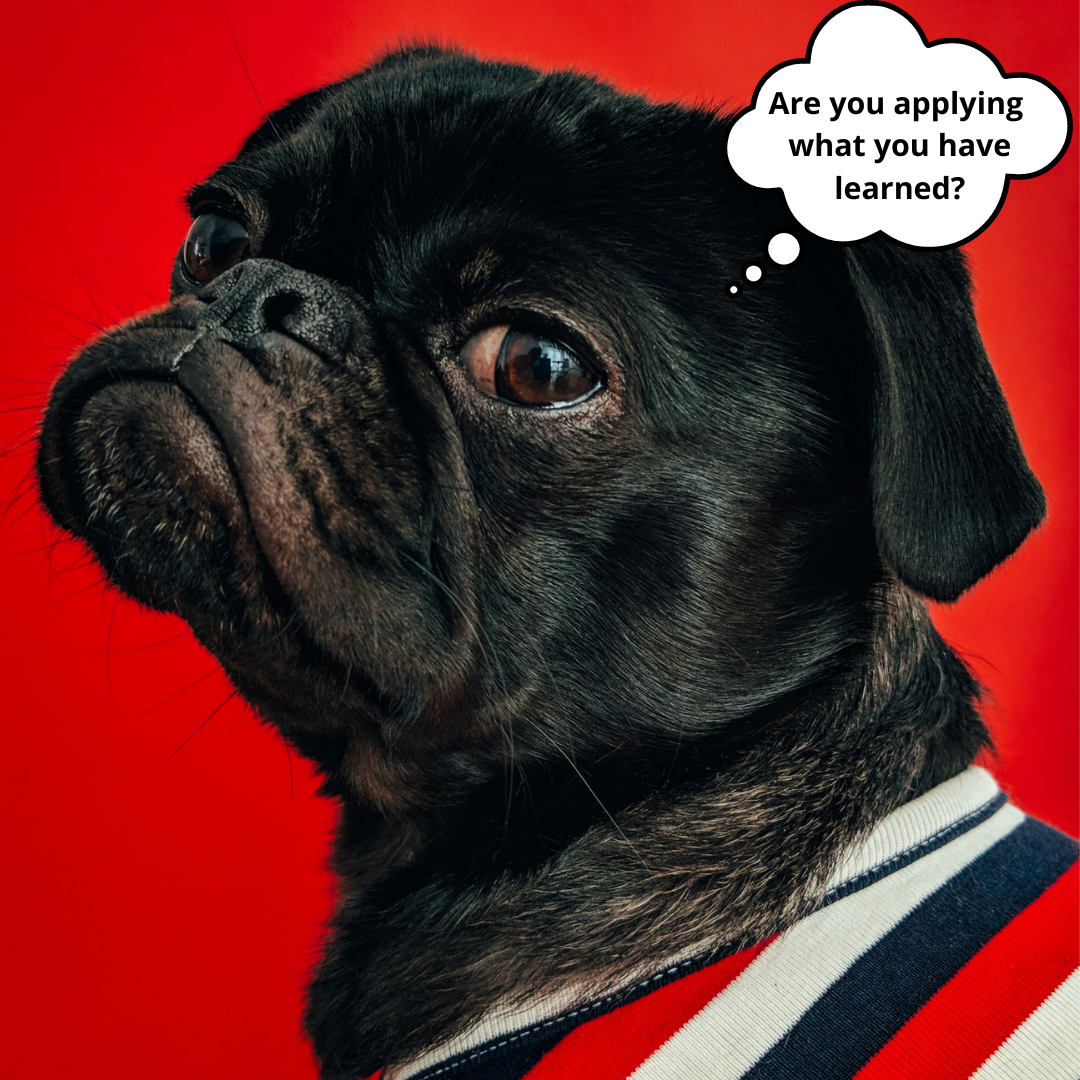Why we use treats? Come when called
The difference between dog dragging himself and running happily towards you when called.
Photo by Patrick Hendry on Unsplash
Your dog can learn to come to you when called in a few ways. One could be to avoid or end negative consequence like yanking the leash or your shouting. One could be to get a tasty treat in return. The end behaviour – coming to you when called can be achieved both ways. But what’s the difference between them?
When coming to you means the end of the nagging (shouting or yanking the leash), the dogs’ body language will be different. You can see that he is coming slowly, has curved and lowered body, tail tucked between legs and can be sniffing something around while giving you a ‘whale eye’ (turning his head away while looking at you, so you see the whites of his eye). The dog will do what you wanted but he will give you just enough to avoid the negative consequence.
When your dog is coming to you because he gets a positive consequence e.g. his favourite treats, you can quickly start to see him not only having relaxed body posture and coming to you in a straight line, you can start to see him running towards you. He starts to give you more and not just enough to get by. In my opinion, in the long run, it’s more effective.
Some people don’t want to use food in training as they believe it will have a negative impact on dogs’ behaviour. From my experience, I see the exact opposite. You are not ‘spoiling the dog’, you are making it more likely that he will repeat the last behaviour.
I see treats as payment for working with me. Just like we get paid for a job that we do, so we can pay our dogs. It’s also information for our dog that he has done something that we would like him to repeat again in the future.
Photo by Raquel García on Unsplash
Why it can sometimes seem like it doesn’t work?
Using treats in training can be incredibly effective and give long-lasting changes in dogs’ behaviour. Yet, there are things to think about and to learn to be able to train effectively.
Hidden negative – if you call your dog and give him a treat for it but every time you also clip his leash and take him home, eventually he can learn that coming to you means not only treats but also coming back home. It might not take him long before he stops coming to you. If he has a lot of fun outside then he might not want to end this fun for just a little treat. He might avoid coming to you not because he doesn’t like treats anymore but because he doesn’t want the fun to end. He can learn to avoid this negative consequence.
How to solve that? Don’t just call your dog when you take him home. Call him often throughout the whole walk and let him go again whenever you can. Calling will mean have a treat and go back to play again.
Got bored with the treats – having the same thing over and over again can eventually get boring. Dogs like variety too.
How to solve that? Have a variety of treats and change them from time to time.
The dog simply might not hear you – when he is sniffing something interesting, he might not pay attention to your calling. As Chirag Patel says, it’s like being on Facebook. While reading engaging comments on Facebook, have you ever experienced not hearing someone calling you? Being occupied with something can distract us from paying attention to anything else. It happens to us just as much as to our dogs. It can be frustrating when your dog ‘ignores you’ but the truth is, he might simply not hear you and not actively ignore you. ‘He is ignoring me’ is a label that is not helpful in training. You can get frustrated and you can stop seeing all the times when he was very attentive.
How to solve it? Observe your dog and see if he is engaged with something else. Call him only when he seems less focused on something else and is more likely to hear you, so both of you can succeed.
Too many distractions – dog might not want to come back to you even for his favourite treats when he is facing something very interesting. It can be another dog he likes to play with, the smell of prey, people running around, or whatever your dog finds interesting. Treats might not be as valuable as the things outside.
How to solve that? Start in a less distracting environment and built it up. Start at home or in the garden, when it’s easier for him to focus on you. Let him get to that point when the treats have high value in a distracting environment. It might take some time but it all depends on a dog. The more you practice, the easier it gets.
Most importantly have fun with it! Don’t be afraid to use a lot of treats (you can also use his dinner or take some of his dinner out from his daily portion if you are afraid he will have too much) and practice come when called often. The more you put to it, the more you get out of it and you can start to see your dog running towards you happily. That’s one of the most beautiful things to see.
Be a superhero for your dog, he will love you for it.
Photo by Andrew Schultz on Unsplash













I'm feeling great and I prioritise health. I don't feel better than anyone else! I can enjoy feeling good about myself and hope for everyone else to enjoy themselves too. I believe that happiness is not something you achieve, it's something you DO. I'm choosing habits for happiness and I do them every day. I hope you can join me and start to seek happiness every day.